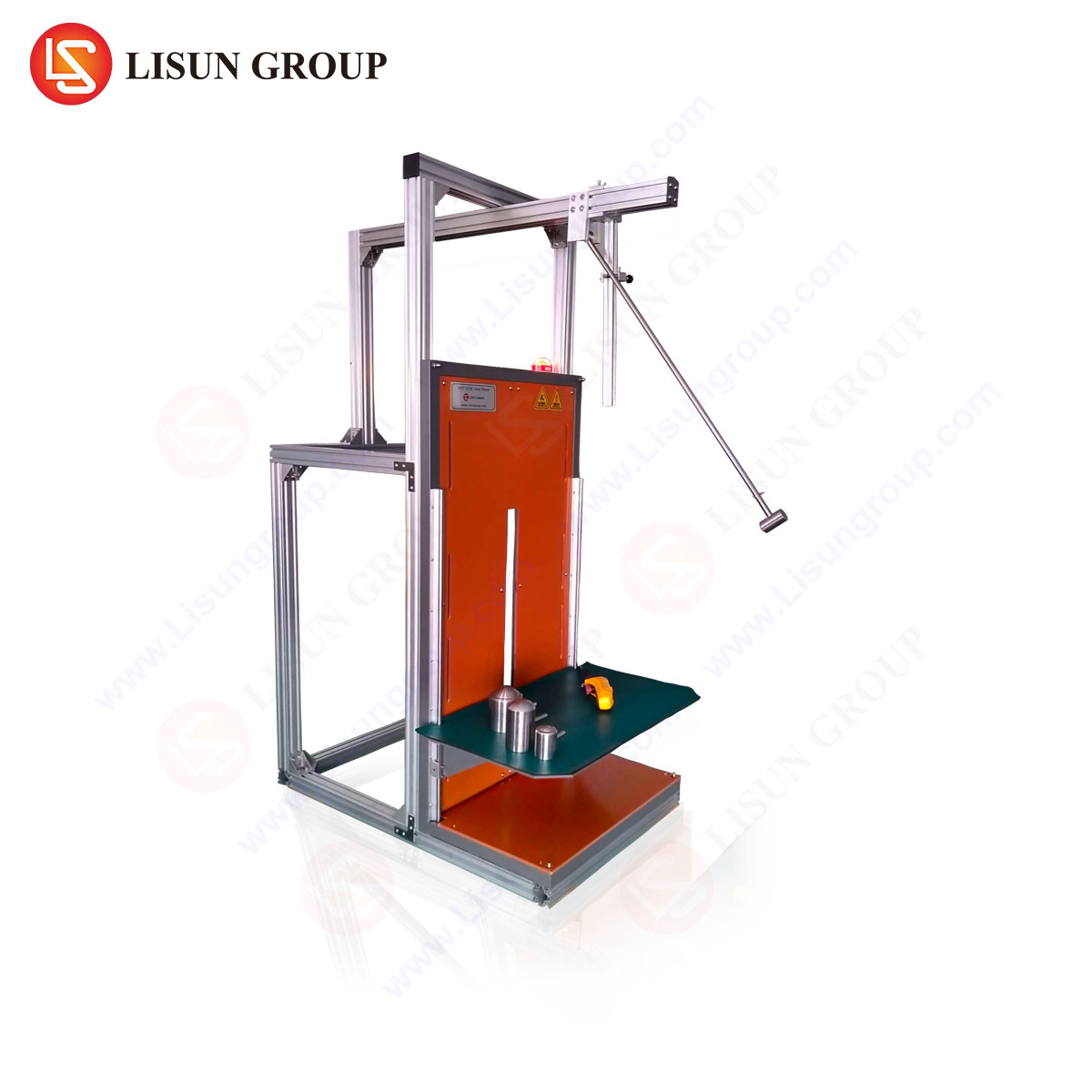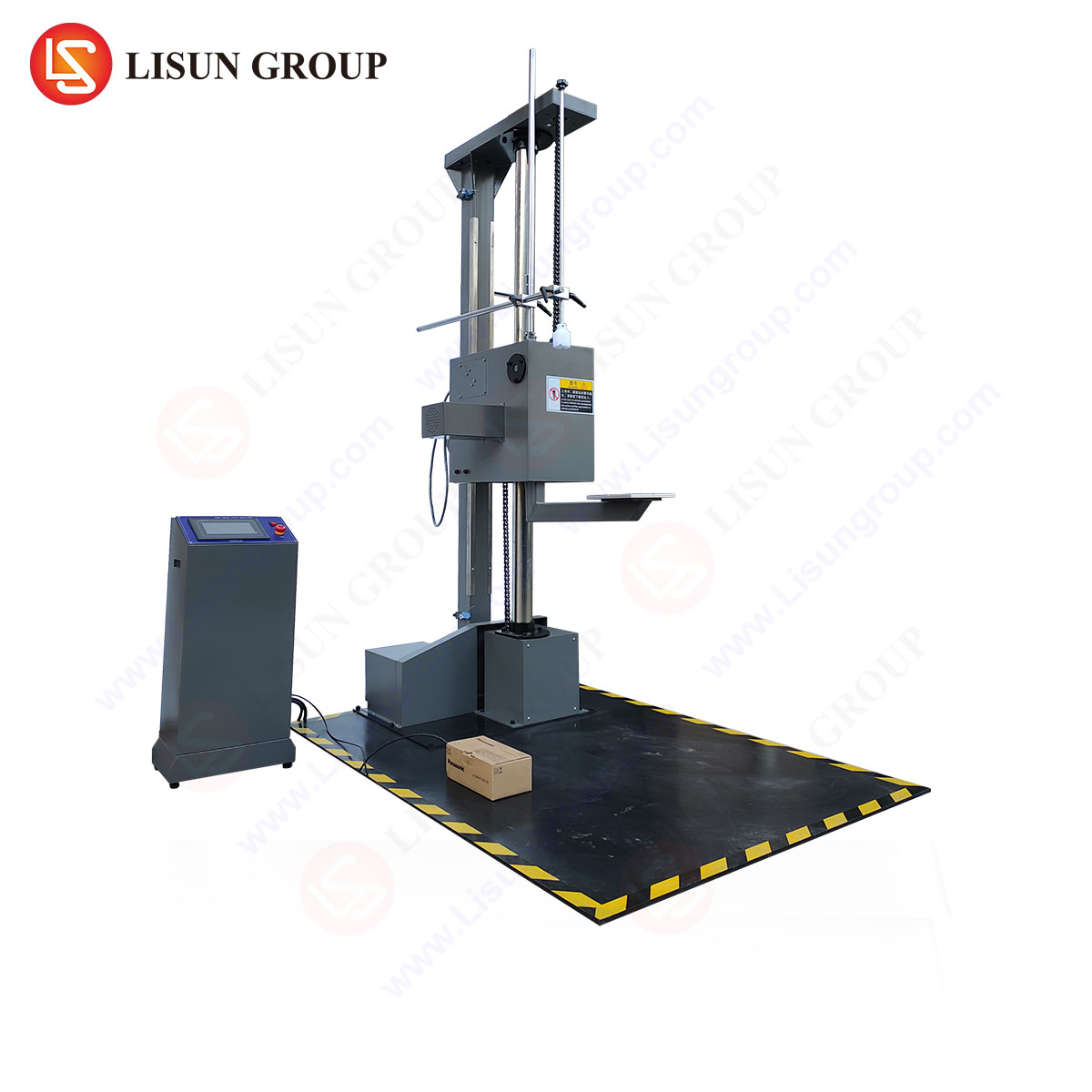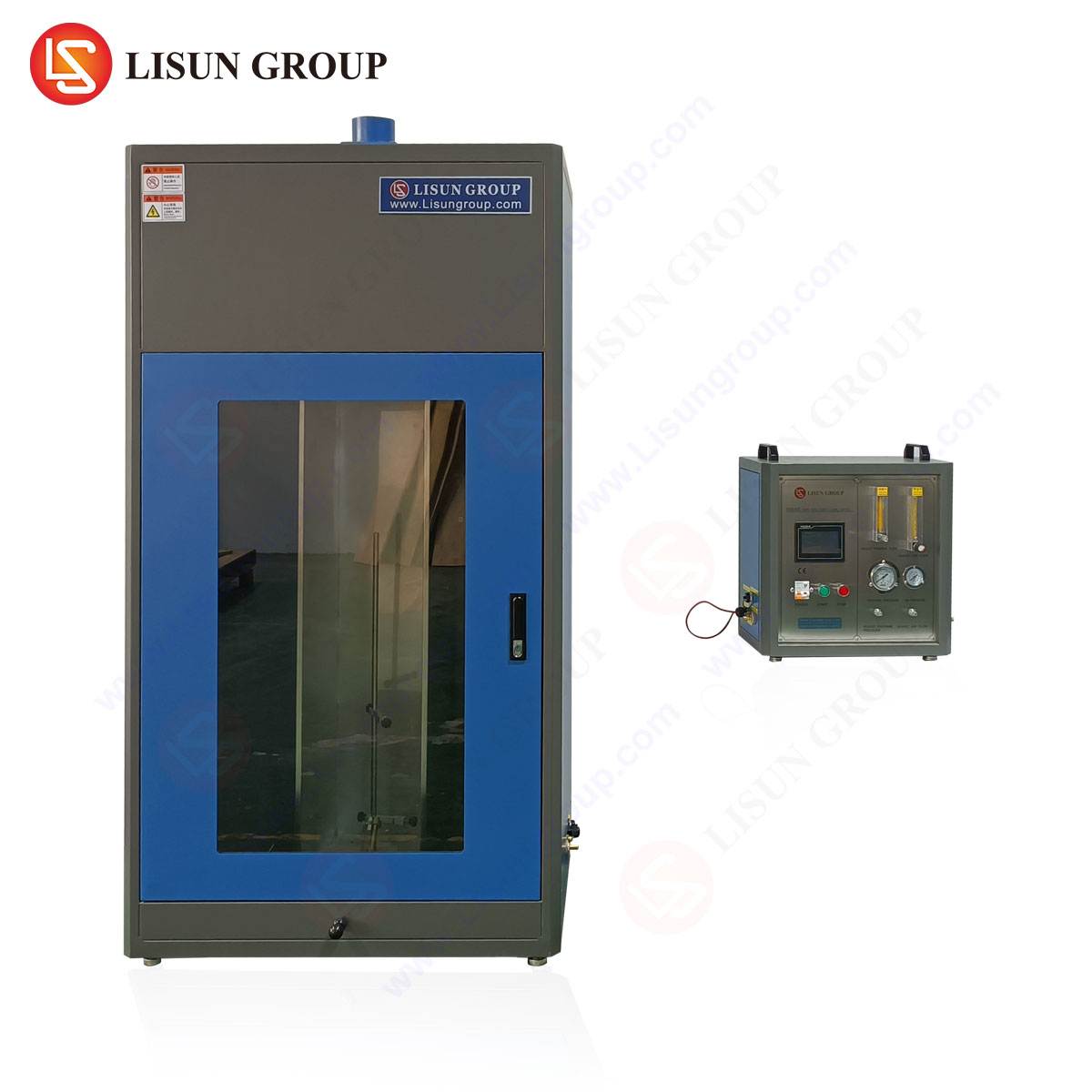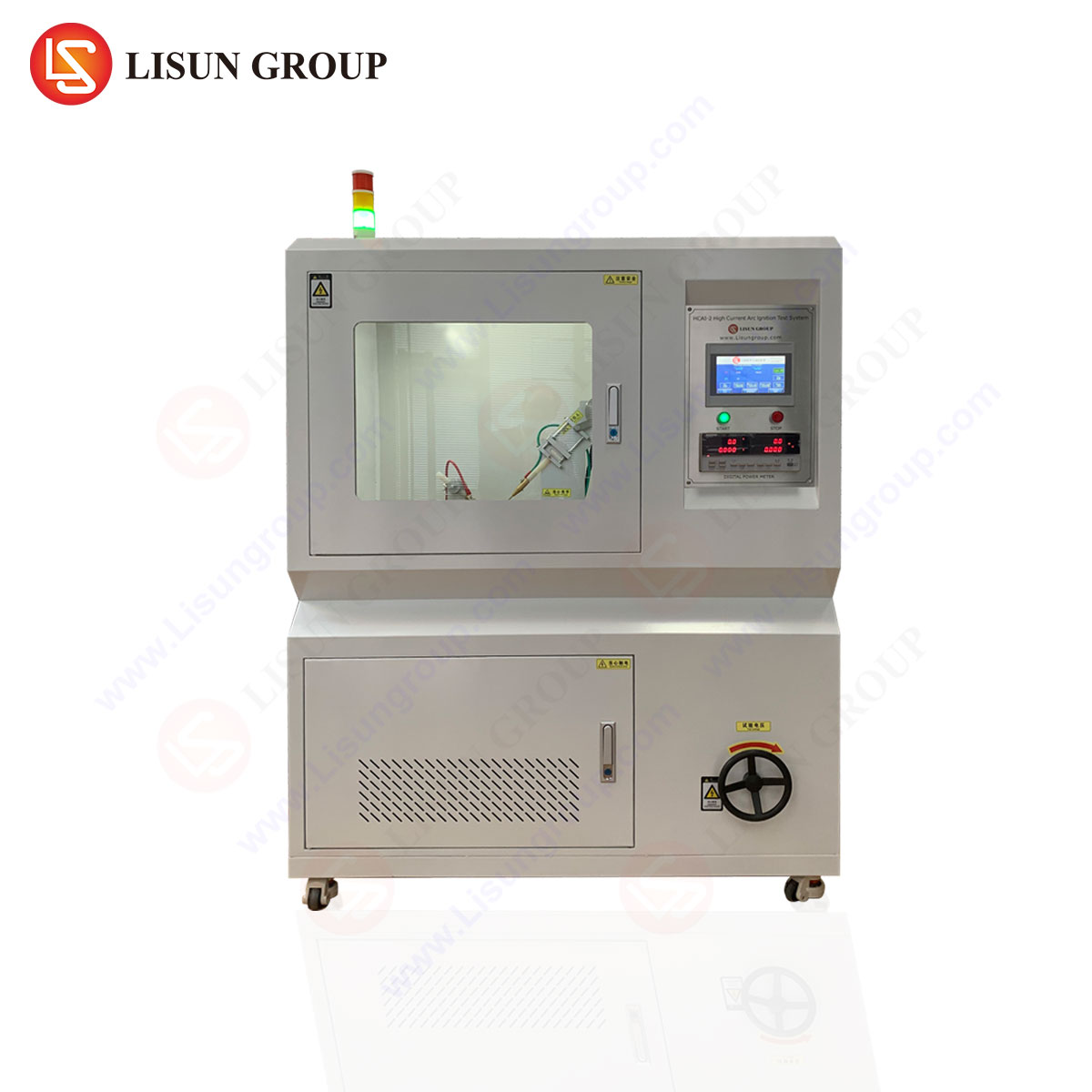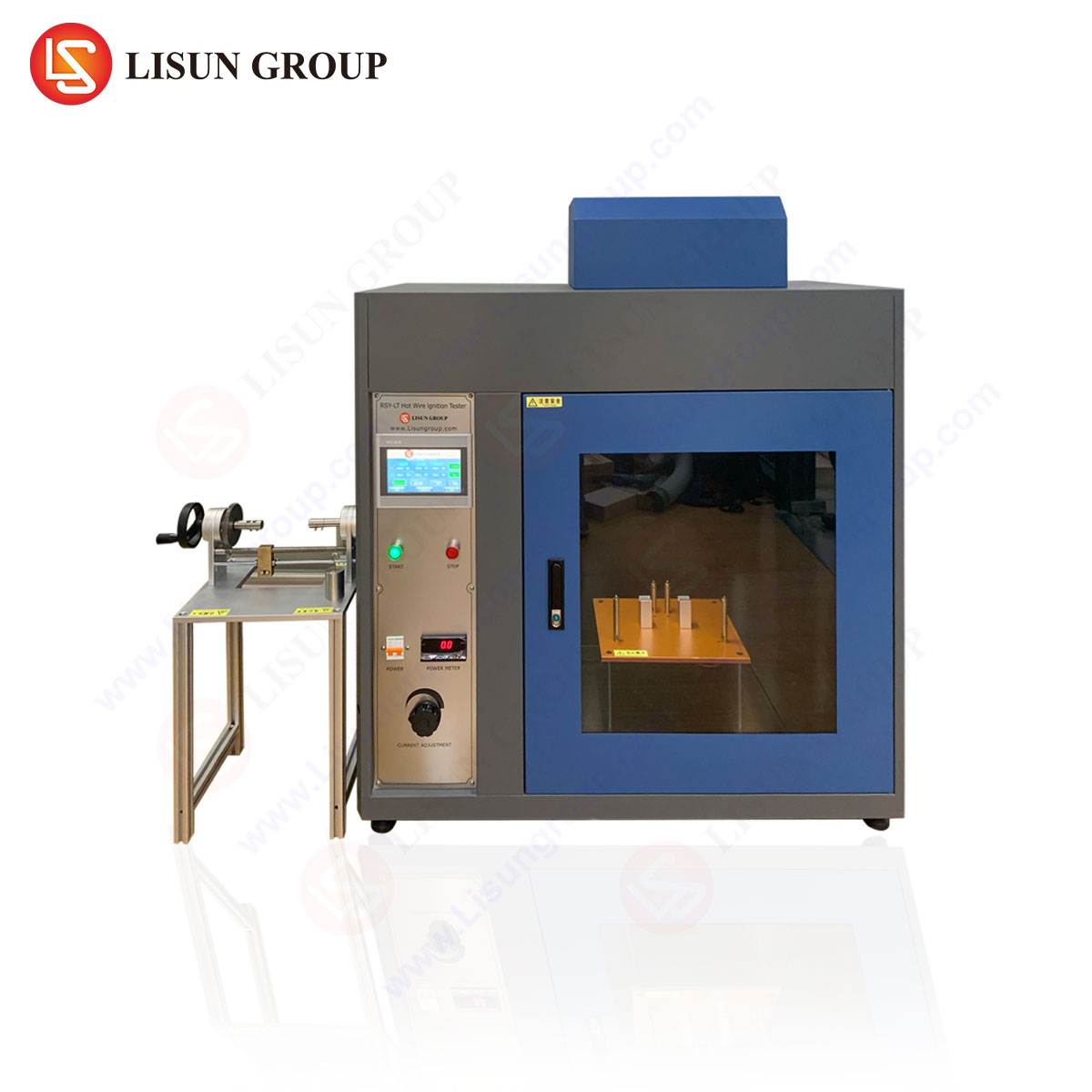Introduction to Impact Testing in Product Durability Evaluation
Impact testing is a critical component of product validation, ensuring that electrical and electronic equipment withstand mechanical stresses encountered during transportation, installation, or operational use. Standards such as IEC 60068-2-75 and ISO 20653 define test methodologies to evaluate resistance against impacts from tools, falling objects, or accidental collisions. Impact testers simulate these conditions under controlled laboratory settings, providing quantifiable data on product robustness.
Among the leading solutions in this domain, the 리순 IK07-10VT IK Test system stands out for its precision, adaptability, and compliance with international standards. This article examines the technical features, testing principles, and industry applications of impact testers, with a focus on the IK07-10VT’s role in ensuring product reliability.
Mechanical Design and Functional Specifications of the IK07-10VT
The IK07-10VT IK Test system is engineered to perform pendulum-based impact testing, covering IK07 to IK10 protection levels as per IEC 62262. Key specifications include:
- Impact Energy Range: Adjustable from 0.14 J (IK07) to 20 J (IK10)
- Pendulum Mechanism: Stainless steel striker with a hemispherical head (radius: 10 mm)
- Test Sample Capacity: Supports specimens up to 20 kg in weight
- Control System: Programmable logic controller (PLC) with touchscreen interface for test parameter configuration
- Compliance: Meets IEC 60068-2-75, ISO 20653, and GB/T 20138 standards
The system’s modular design allows for rapid reconfiguration between different energy levels, reducing downtime in high-throughput testing environments.
Testing Principles: Kinetic Energy Transfer and Material Response
Impact testing evaluates a product’s ability to absorb and dissipate kinetic energy without functional compromise. The IK07-10VT employs a pendulum striker to deliver precise energy levels, with the impact point determined by the product’s intended vulnerability zones. Post-impact analysis includes:
- Visual Inspection: Cracks, deformations, or fractures in enclosures.
- Functional Verification: Continuity of electrical circuits, switch operation, or display integrity.
- Structural Integrity: Retention of mounting points or sealing performance in dust/water-resistant housings.
For example, automotive electronics must endure IK09 impacts (5 J) to prevent failure from road debris, while industrial control panels may require IK10 (20 J) resistance against tool drops during maintenance.
Industry-Specific Applications of the IK07-10VT
Electrical and Electronic Equipment
Manufacturers of circuit breakers, relays, and power distribution units utilize the IK07-10VT to validate enclosure durability. A 10 J impact test (IK09) ensures that outdoor-rated equipment withstands hail or accidental tool strikes.
Household Appliances
Refrigerators, washing machines, and ovens undergo IK08 (2 J) testing to verify resistance against impacts from utensils or dropped objects in domestic environments.
Automotive Electronics
Dashboard displays and sensor housings are subjected to IK09-10 testing to meet OEM durability requirements, particularly for off-road or heavy-duty applications.
Lighting Fixtures
Streetlights and industrial luminaires must survive IK08-10 impacts to prevent failure in high-traffic or vandal-prone areas. The IK07-10VT’s repeatability ensures consistent validation across production batches.
Medical Devices
Portable diagnostic equipment and surgical consoles are tested at IK07-08 levels to ensure resilience against accidental drops in clinical settings.
Competitive Advantages of the IK07-10VT in Compliance Testing
- Precision Calibration: Automated energy adjustment reduces human error, critical for IK10 testing.
- Multi-Standard Support: Validates compliance with IEC, ISO, and regional standards (e.g., GB/T).
- Data Logging: Integrated software records impact force, velocity, and deformation metrics for audit trails.
- Adaptability: Compatible with custom fixtures for irregularly shaped components like connectors or control panels.
Case Study: Impact Testing in Telecommunications Equipment
A telecommunications manufacturer used the IK07-10VT to test 5G base station enclosures against IK10 requirements. Post-impact analysis revealed no critical deformations, ensuring uninterrupted operation in harsh environments.
FAQ 섹션
Q1: What distinguishes IK07-10VT from lower-tier impact testers?
The IK07-10VT supports higher energy levels (up to 20 J) and includes automated calibration, unlike manual systems limited to IK06 or below.
Q2: How often should the pendulum striker be recalibrated?
Annual recalibration is recommended, or after every 5,000 impacts, per ISO 17025 guidelines.
Q3: Can the IK07-10VT test non-metallic enclosures?
Yes, the system is suitable for plastics, composites, and reinforced polymers, provided the sample is securely mounted.
Q4: What industries mandate IK10 testing?
Aerospace, automotive, and industrial control systems frequently require IK10 validation due to extreme operational conditions.
Q5: Does the IK07-10VT include environmental preconditioning options?
Optional thermal chambers allow combined mechanical and climatic testing, simulating real-world stress factors.


